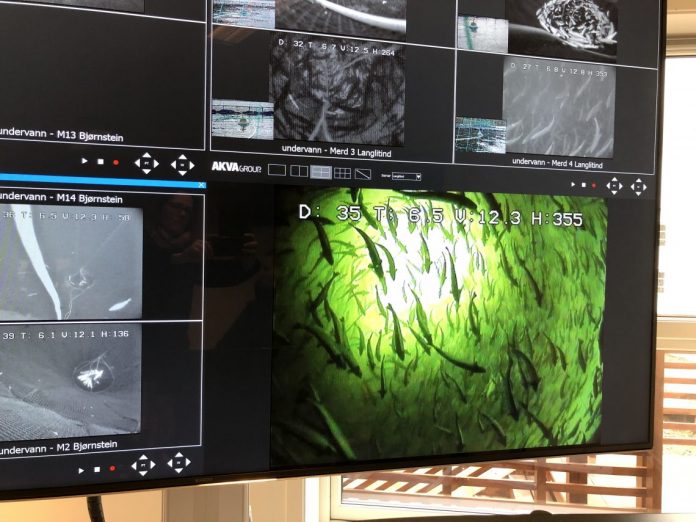After an unsuccessful harvest attempt, fish farmer Gratanglaks is now considering what to do with the salmon that has been exposed to the algae.
After a hectic few days, CEO of Norwegian salmon farmer Gratanglaks, Tore Lundberg, said the algae situation has calmed down at their locations.
“The situation is stable in the sea. There is no critical situation at our farms right now,” Lundberg said to SalmonBusiness.
Operating Manager Lars Berg describes an acute situation when the algae attack was at its worst.
“It was a belt that went from the surface down to about 25 meters deep. It was a yellow-green colour that differed greatly from cages that were unaffected. The fish started dying shortly afterwards, in large quantities,” Berg said.

Unsuccessful harvest
Lundberg said that an attempt was made to harvest a smaller party of fish after the situation had calmed down.
“That didn’t go very well. When the fish have had algae, the gill function is reduced so it will take a while before it stabilizes. The fish must be allowed to stand still for a while,” he said.
“We have cleared up the farms after the algae so far, the assessment now is whether or not we should harvest the fish. The assessment is on what to do or not to do,” he added.
Expensive affair
While on the quay in Balteskard in Grovfjord, with the family business Northern Lights Salmon, there have been box after box of dead salmon collected, Gratanglaks has a better outcome from the algae bloom, then a few others.
“We are not the worst affected, on any of the three sites we have had algae,” said Lundberg.
However, he confirmed that it will be an expensive affair.


